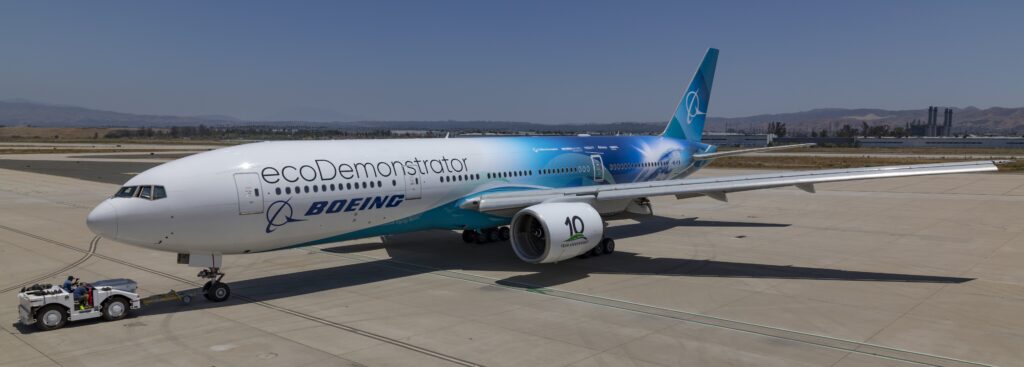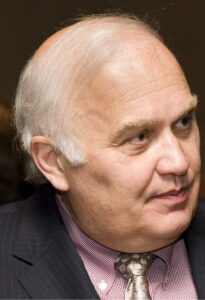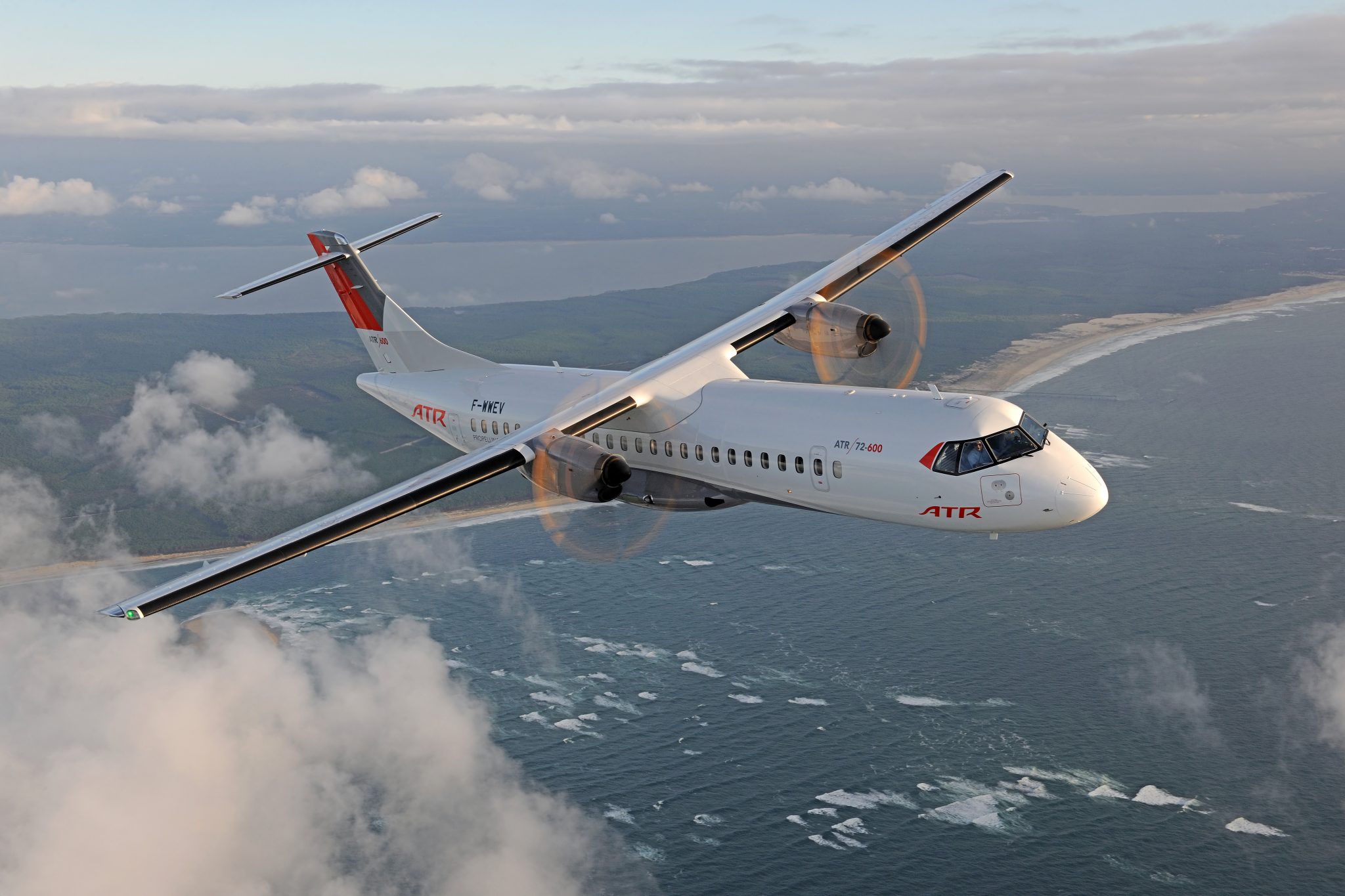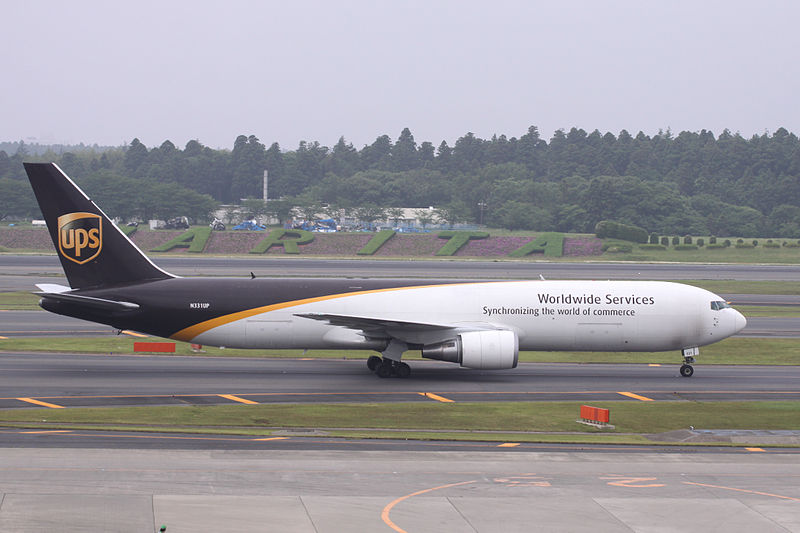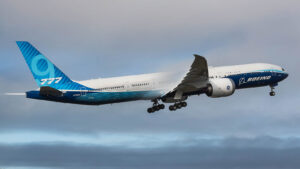Leeham News and Analysis
There's more to real news than a news release.
Bjorn’s Corner: Sustainable Air Transport. Part 26. VTOLs.
July 1, 2022, ©. Leeham News: Last week, we finished our discussions around Fuel Cell-based airliners using hydrogen as fuel.
We could see the technology has true zero emissions, but the maturity of the many parts needed (hydrogen tank and fuel system, multi-MegaWatt class aeronautical fuel cells, motors, and controls) are not there. We are in the crawling before walk stage with sub-MegaWatt systems to make their first flights over the next years.
Another area claiming Green credentials is the VTOL space. Because these are based on electric technology, VTOLs are claimed as environmentally friendly and a good way to transport people.
We will analyze this industry and its claims of being an efficient, environmentally friendly way of transportation.
Best business; Under-floor Cargo or Dedicated Freighter. Part 3.
Subscription Required
By Bjorn Fehrm
Introduction
June 30, 2022, © Leeham News: What is the best business? To transport cargo below the floor in passenger airliners or dedicated freighter aircraft?
We analyzed the cost of flying air freight from Shanghai to Denver last week. It was forwarded as a below-floor pallet or on a dedicated freighter.
We found the allocatable fuel costs were lower when piggybacking on passenger aircraft, but it’s not the whole story. Now we go a level deeper.
Summary
- For fuel costs, the belly cargo alternative was the lower-cost alternative.
- This changed when we added other operational costs.
Pontifications: Boeing vows to maintain freighter dominance
June 27, 2022, © Leeham News: Boeing dominated the jet freighter market from the dawn of the jet age. It aims to keep its dominance.
But for the first time since the collapse of McDonnell Douglas in 1997, Boeing is being credibly challenged by Airbus and P2F conversions. Airbus is selling the A350F. EFW, which is a joint venture between Airbus and ST Aerospace, and IAI Bedek offer freighter conversions for the A330. The A350F is Airbus’ first credible challenge to Boeing’s dominance in the widebody freighter section. (The A300-600RF was a niche aircraft. A310 combis and the A330-200F were unsuccessful.)
EFW, Precision Conversions, and nominally at least two others offer conversions for the A320/321. There are more than 100 A330 P2F and at least five dozen A320/321 P2F orders, marking the first challenge to Boeing’s dominance in narrowbody freighters converted by the aftermarket.
Boeing has been testing the market for months on whether to launch a conversion program for the 777-300ER. Boeing Global Services announced in 2018 at the Farnborough Air Show that it was launching a -300ER P2F program, but never followed through. If Boeing proceeds this time, it faces competition from IAI Bedek, Mammoth Freighters, and Kansas Modification Center, each of which already has firm orders for about 65 conversions.
Exclusive: No change in Scope Clause in new United pilot contract that would have allowed E175-E2
By Scott Hamilton
June 24, 2022, (c) Leeham News: There is no change to the Scope Clause in the new United Airlines pilot contract governing the number of regional jets that can be operated by regional partners, LNA confirms.
There is also no change in the weight of the aircraft allowed, a blow to Embraer’s hopes for the E175-E2. The E2 is heavier than the E175-E1, which entered service in 2004. Embraer designed the E2 to be used with the Pratt & Whitney GTF engine. The GTF is more economical than the E1’s GE CF34, quieter, and emits fewer emissions. But it is slightly heavier than the Scope Clause contracts permit. The USA is virtually the only market for the E175-E2.
Bjorn’s Corner: Sustainable Air Transport. Part 25. High Temperature Fuel Cell-based 70-seat airliner
June 24, 2022, ©. Leeham News: Last week, we discussed how a High Temperature Fuel Cell (HTFC) could improve the installation of a propulsion system in our 70-seat airliner. We now add this variant to the systems we examined for installation effects and efficiencies.
The deeper discussion is in the sister article, Part 25P. High Temperature Fuel Cell-based 70-seat airliner.
Bjorn’s Corner: Sustainable Air Transport. Part 25P. High Temperature Fuel Cell-based 70-seat airliner. The deeper discussion.
Subscription required
June 24, 2022, ©. Leeham News: This is a complementary article to Part 25, High Temperature Fuel Cell-based 70-seat airliner. It adds the masses and efficiencies of a High Temperature Fuel Cell system to our 70-seat airliner fuel cell variants.
Best business; Under-floor Cargo or Dedicated Freighter. Part 2.
Subscription Required
By Bjorn Fehrm
Introduction
June 23, 2022, © Leeham News: What is the best business: to transport cargo below the floor in passenger airliners or with dedicated freighter aircraft?
We could see in last week’s article that air freight companies have generally been more profitable over the last decade than passenger airlines. Why?
We continue the analysis by looking at the cost of flying cargo in passenger airliner bellies versus dedicated freighters.
Summary
- At today’s high fuel prices, transporting cargo in a passenger aircraft’s belly is cheaper than on freighters when we do a first-level analysis.
- Does this change when we go deeper?
Commercial Aircraft programs duration from launch to delivery over the years
Subscription Required
By Vincent Valery
Introduction
June 20, 2022, © Leeham News: New airplane programs used to come to market in four years. Now, the launch-to-entry-into-service period has been seven years or more. (Chinese and Russian programs take even longer.)
Boeing launched the 787 in December 2003. EIS was October 2011. Airbus’ A350, launched in response to the 787 in 2004, went through several iterations which added time to the program. Delays added more time. EIS was in January 2015.
Bombardier’s C Series was launched in 2008. EIS was in July 2016. The Boeing 777X was launched in 2013. EIS is now targeted for 2025. Boeing launched the 747-8 in 2005. EIS was in 2011. The Boeing 737 MAX was launched in July 2011. EIS was May 2017. Airbus’ A320neo was launched in December 2010. EIS was in January 2016.
Boeing has been discussing the New Midmarket Airplane (or whatever it was called throughout changing nomenclature) since 2012. It still hasn’t launched the program. Once it does, how long will it take to enter service?
Any new program is a multi-year, multi-million investment that, in the worst case, can take decades before recovering the initial development and production ramp-up expenditures.
Several recent programs, notably the 777X, have faced significant delays between the envisioned and actual start of deliveries to airlines.
Boeing claims that advances in manufacturing techniques will reduce the time required to develop the next aircraft program. However, regulatory scrutiny is higher nowadays and the aircraft built are more complex than in previous generations.
LNA analyzes how the time between the program launch and entry into service has evolved since the beginning of the Jet Age. The goal is to find whether there is a trend and in what direction. The analysis focuses on Airbus, Boeing, Lockheed, and McDonnell Douglas.
Summary
- An unmistakable trend;
- The latest clean sheet designs took significantly longer;
- Engine development dictates recent derivative program timelines;
- Future program considerations.
Pontifications: Why I’m cautiously optimistic about Boeing’s future
June 20, 2022, © Leeham News: Boeing still has a deep hole to climb out of. There’s still plenty of opportunity for missteps along the way. But I’m cautiously optimistic about Boeing’s future.
Here’s why.
- There are tangible things to point to that are indicators Boeing internally is now optimistic about its long flirtation with disaster.
- Despite well-deserved skepticism and concern about when, or even if, Boeing is going to launch a new airplane program, signs point to “yes.” These go beyond the usual rhetoric that often has a hollow public relations ring.
- The signs are there that Boeing at long last appears near resuming delivery of the 787, a critical step in its recovery.
- Clearing the inventory of the 737 has been infuriatingly slow. But if one had been paying close attention, this shouldn’t have been a surprise—and China’s refusal so far to authorize its airlines to return the MAX to service is but one issue.





